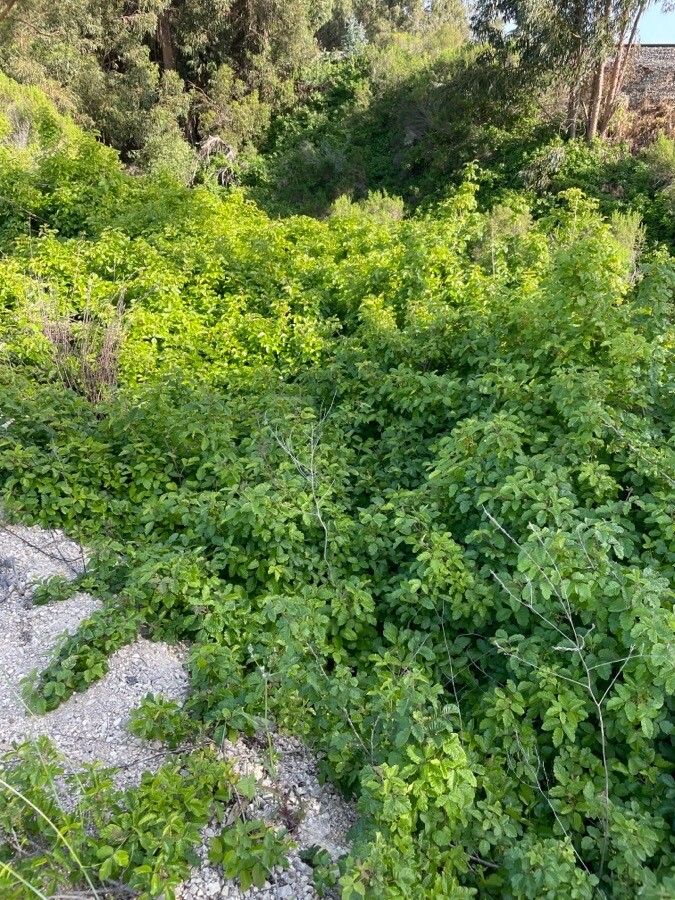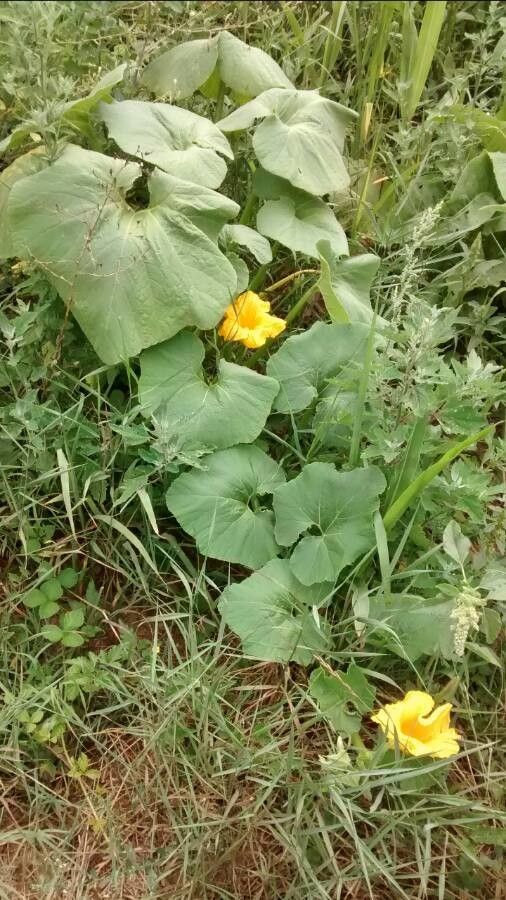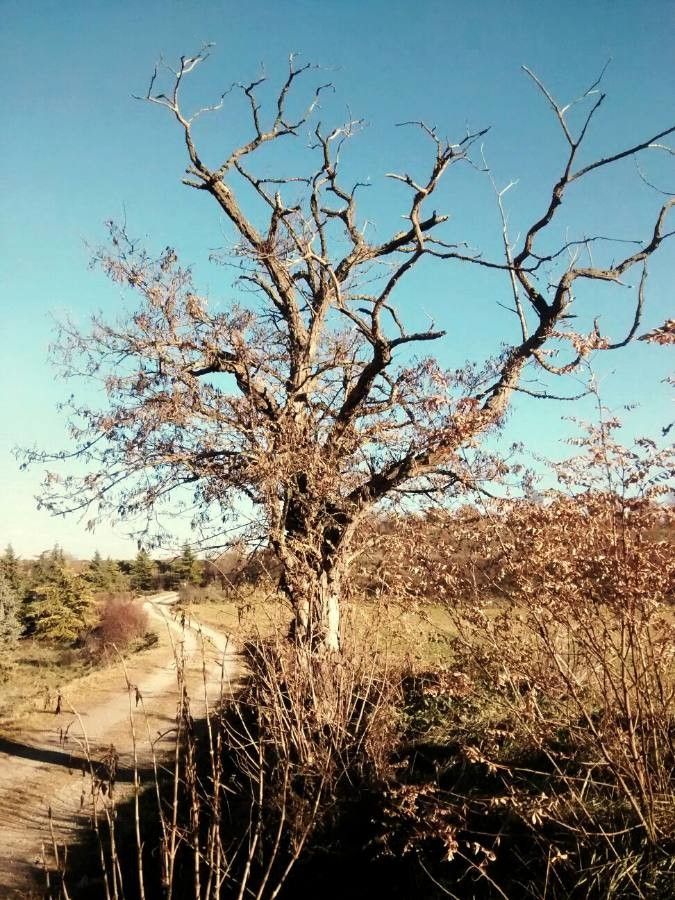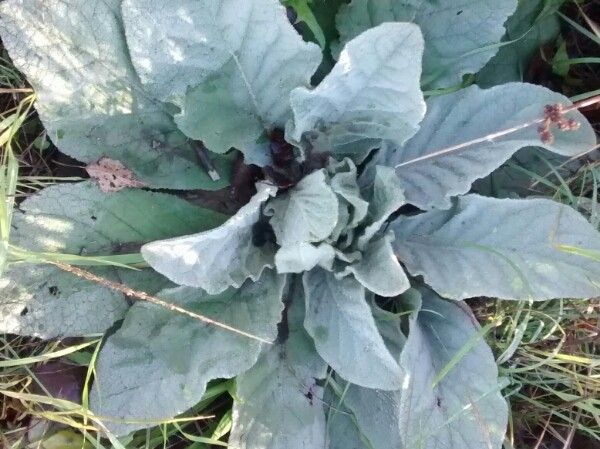## Pacific Poison Oak: A Comprehensive Guide
Pacific poison oak (*Toxicodendron diversilobum*) is a notorious plant known for causing a painful and itchy rash in many people. Unlike its eastern cousin, poison ivy, Pacific poison oak exhibits considerable variation in appearance, making identification crucial for avoiding contact. This comprehensive guide will help you understand its characteristics, habitat, and how to stay safe.
### Identification
Identifying Pacific poison oak can be tricky. It's known for its three-leaflet structure – "leaves of three, let it be" is a helpful saying. However, the leaves' shape and size can vary dramatically depending on the plant's growth stage and environment. They can be smooth or lobed, ranging from dull green to reddish-brown. In the spring, new growth is often reddish, while in autumn, the leaves may turn brilliant shades of orange and red.
**Key features to look for:**
* **Three leaflets:** This is the most consistent identifying characteristic.
* **Variable leaf shape:** Leaves can be oval, round, or lobed.
* **Alternate leaf arrangement:** Leaves are arranged alternately along the stem, not directly opposite each other.
* **Woody stems:** Mature plants develop woody stems and vines.
* **Shiny leaves (sometimes):** While not always present, some leaves can have a shiny appearance.
It's important to note that even dead Pacific poison oak plants can still cause a reaction. The urushiol oil, responsible for the allergic reaction, persists in the plant's tissues even after it dies.
### Habitat and Growth
Pacific poison oak thrives in a variety of habitats throughout western North America, from coastal areas to mountainous regions. It's a highly adaptable plant, growing as a shrub, vine, or groundcover. You'll frequently encounter it in:
* **Forest understories:** Often found growing beneath larger trees and shrubs.
* **Chaparral:** It's common in dry, scrubland ecosystems.
* **Open woodlands:** It can also be found in more open, sun-drenched areas.
* **Along streams and rivers:** It can tolerate moist conditions.
### Avoiding Contact and Treating Rashes
The best way to avoid a Pacific poison oak rash is to avoid contact with the plant altogether. When hiking or spending time in areas where it's known to grow, wear long pants, long-sleeved shirts, and closed-toe shoes. Thoroughly wash any exposed skin and clothing immediately after potential exposure.
If you do come into contact with Pacific poison oak, wash the affected area with soap and water as soon as possible. Consider using a specific poison oak wash designed to remove urushiol oil. Over-the-counter hydrocortisone cream can help alleviate itching and inflammation, and in some cases, a doctor may prescribe stronger medication.
### Sun Exposure and Soil Needs
Pacific poison oak tolerates a wide range of sun exposures, from full sun to partial shade. It's adaptable to various soil types but generally prefers well-drained soil. It is surprisingly drought-tolerant once established.
Remember, prevention is key. Being aware of its appearance and taking precautions can significantly reduce your risk of encountering this irritating plant.
Pacific Poison Oak: Identification & Avoidance

Frequently Asked Questions
How to identify Pacific poison oak?
Look for three leaflets, though their shape varies. Note the alternate leaf arrangement and potentially woody stems. Remember, "leaves of three, let it be".
What are the symptoms of a Pacific poison oak rash?
Symptoms include itchy, red skin, blisters, and swelling. The severity varies by individual, and reactions can range from mild irritation to severe inflammation. See a doctor if symptoms are severe.


